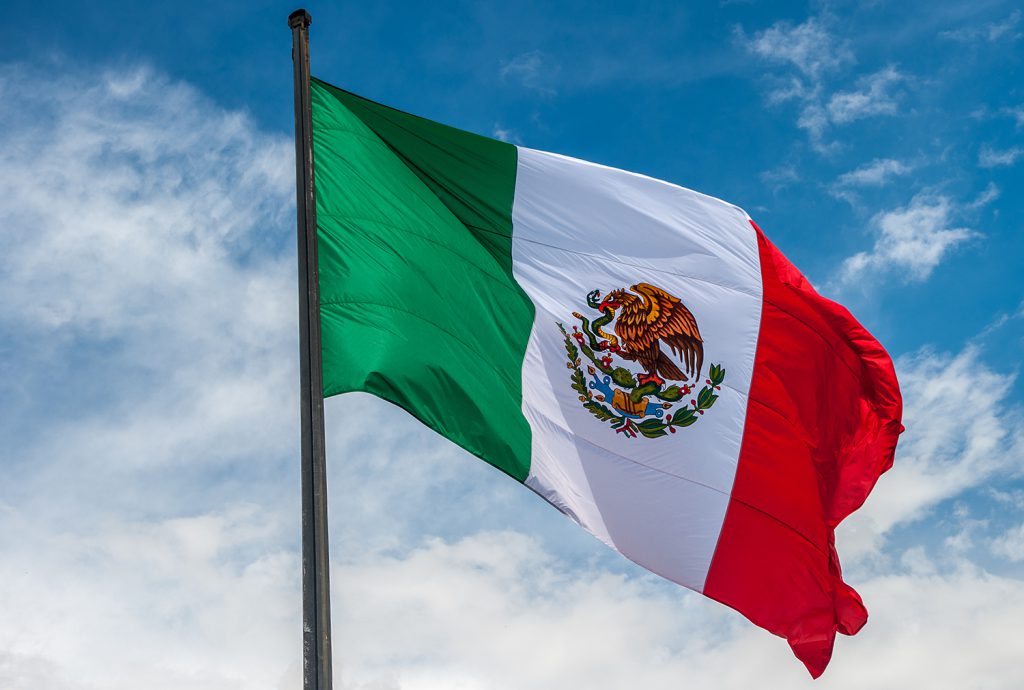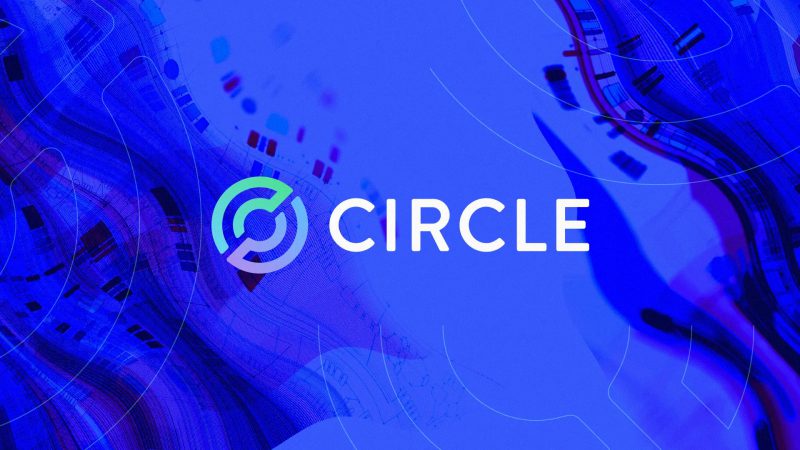In what should be an important development for the stablecoin, Circle has expanded access to its USDC offering in both Brazil and Mexico. Indeed, the token is using local payment systems to grow the potential user base for the cryptocurrency. This should push increased adoption for the second-largest stablecoin by market cap.
The company announced the availability of USDC through local currency in both countries. Additionally, they have stated the move is a key part of its “mission to harness the power of blockchain networks to eliminate deeply embedded friction from value-exchange.”


Also Read: Solana Drives Circle’s USDC Stablecoin Past $16T in Volume
Circle USDC Now Available in Both Brazil and Mexico Through Local Currency
The importance of stablecoins cannot be understated. Although different from the overarching crypto sector, these assets are backed by traditional currencies like the US dollar. They provide a host of benefits to different regions as a safer way to gain exposure to both national currencies and crypto.
Now, one of the largest firms in the world is growing its stablecoin user base. Indeed, Circle announced the expansion of its USDC offering to both Brazil and Mexico. The firm states that the asset will be available through local payment systems in the region.


Also Read: Circle CEO Says USDC Tap-to-Pay is Coming to Apple iPhone
It is a clear part of the firm’s plan to “make USDC faster, cheaper, and easier to get in global markets where demand is highest.” This expansion is made possible through “integration with leading banks in these countries.” As it appears to ramp up activity through new population access.
Circle announced they now support “local bank transfers via PIX and SPEI,” which are real-time payment systems in both countries. Moreover, they offer USC access “directly from Brazilian Reais (BRL) and Mexican Peos (MXN) at competitive rates,” doing away with the need for fiat exchanges.
“Faster and cheaper local availability and incorporation into central bank payment systems makes USCD even more attractive for businesses in Latin America,” the firm announced. Indeed, it should have a massive impact on those operations and their dealings with companies based in the United States.





